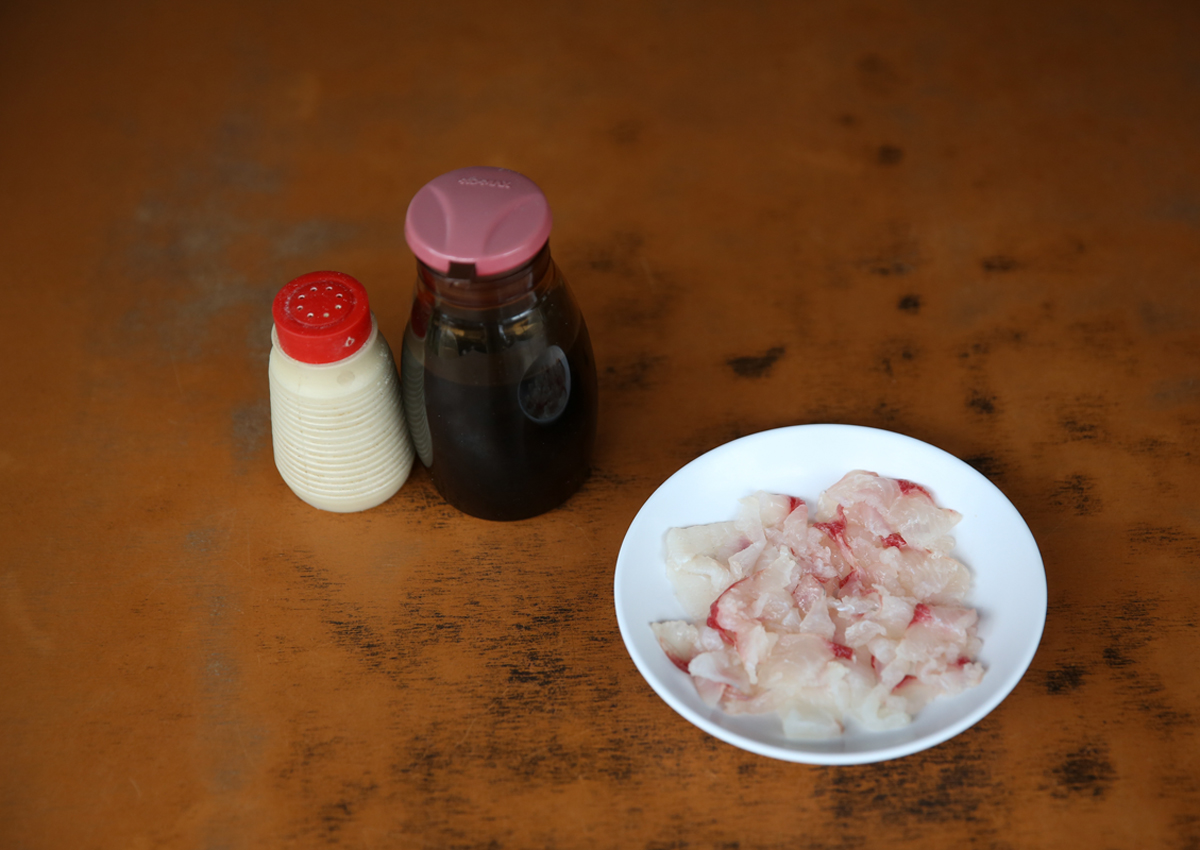GUIDELINES on how ready-to-eat raw fish should be handled and prepared could be ready as early as the end of this month.
They are being put together by a group formed last December by the Food Standards Committee, managed by the Singapore Manufacturing Federation Standards Development Organisation (SMF-SDO).
The latter manages the development, promotion and implementation of standards and represents local industries in international standardisation efforts.
The move to produce the guidelines comes after demand for freshwater and saltwater fish, as well as ready-to-eat sushi and sashimi, was hit by Group B Streptococcus (GBS) cases.
Figures released last year showed that about 150 GBS cases last year were linked to an aggressive strain of bacteria known as Type III GBS Sequence Type 283. There were 355 cases of GBS infections and two deaths last year.
An SMF-SDO spokesman said: “The committee’s work will contribute to restoring consumers’ confidence in the consumption of ready-to-eat raw fish.”
There is currently no standardised way to handle and prepare ready-to-eat raw fish to prevent cross-contamination and bacterial growth across the food supply chain, he added.
This includes the transport, distribution, storage, handling, display and service of raw fish.
Businesses such as seafood manufacturer Fassler Gourmet, which sells many products including salmon, cod fish and tuna, have had their trade affected by the GBS cases.
During the Christmas period, sales fell by about 20 per cent compared with the year before, with only 100 platters sold, said Fassler chief executive Mellissa Chen.
“Even though the GBS scare was linked to freshwater fish, there was a perception that saltwater fish like salmon was affected too.”
The entities working on the guidelines include the Consumers Association of Singapore, food manufacturers, distributors, retailers and regulators.
The guidelines will eventually be part of a technical reference – a document that sets out standards for industry adoption – and is scheduled to be ready by the end of the year. To promote awareness of the technical reference, a launch event and workshops will be held.
Said infectious diseases specialist Hsu Li Yang: “It is probably worth having such guidelines, simply to restore consumer confidence.
“If consumers equate compliance with the guidelines to achieving similar standards of hygiene and safety, then I think it would be a positive thing for the industry.”
kcarolyn@sph.com.sg

Get MyPaper for more stories.






